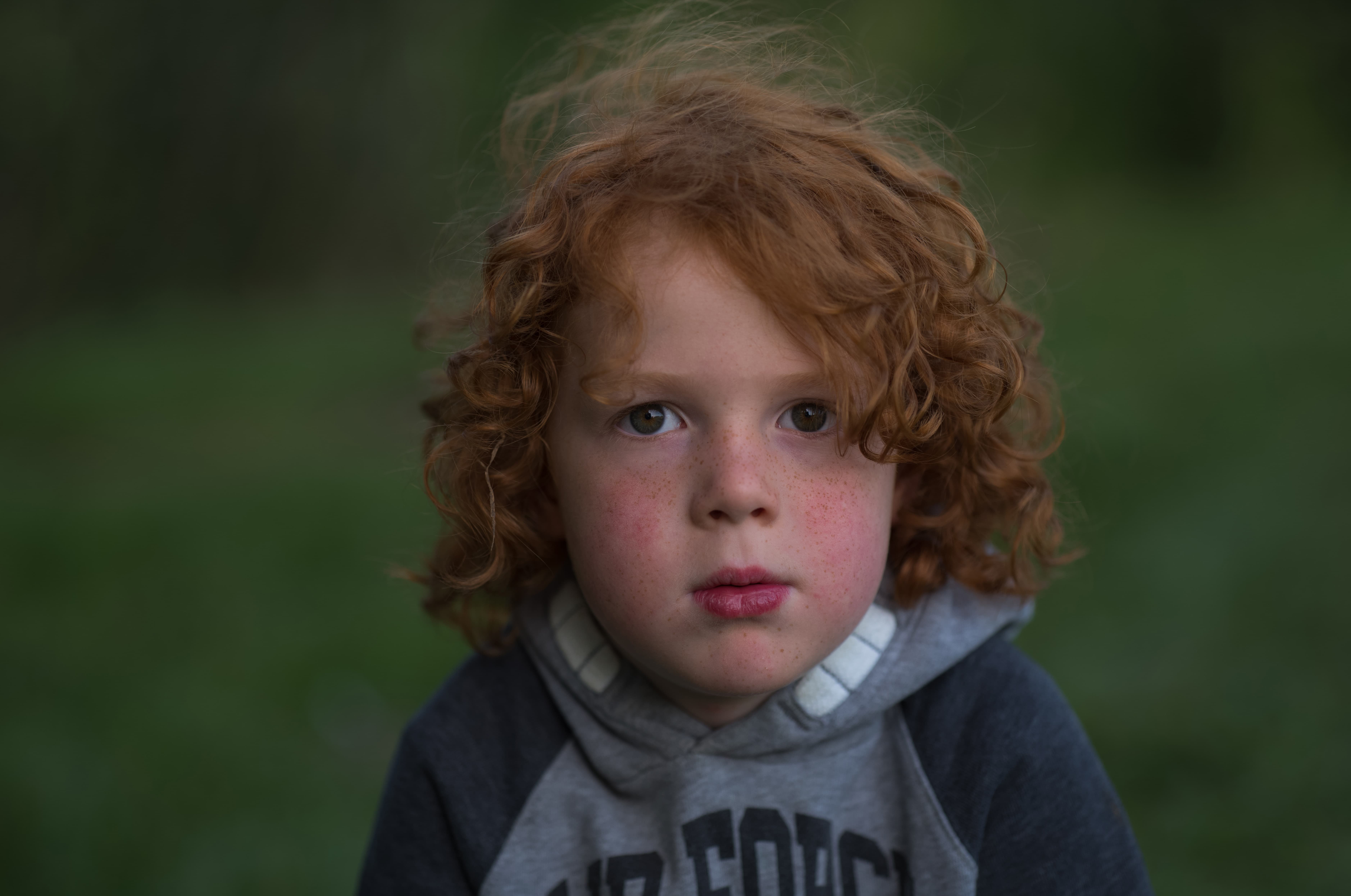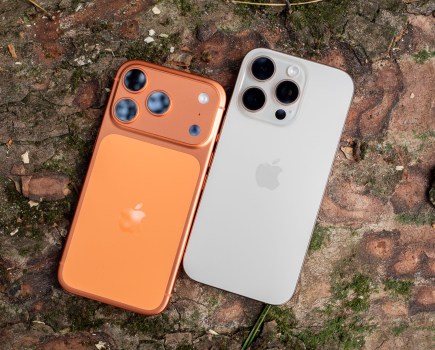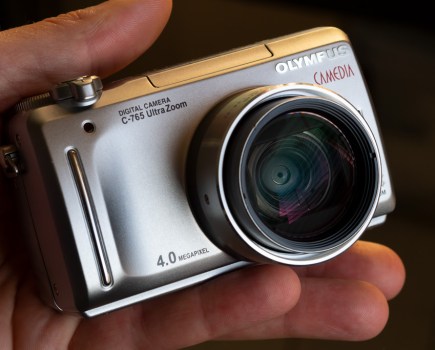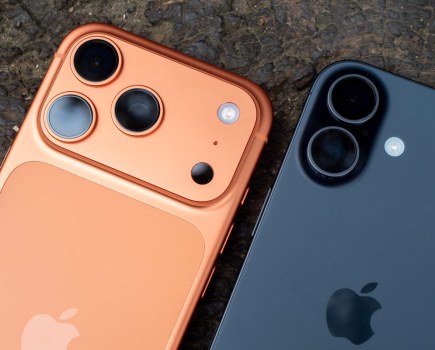Big sensors don’t have to cost a fortune! Damien Demolder and the AP team list the best second-hand digital medium format cameras.
Our guide to the best second-hand digital medium format cameras is the ideal way to take a step up with your photography. And you don’t have to re-mortgage your house or sell your organs to do it, as second-hand medium format cameras are available for much more reasonable prices than they are when new. In some cases, picking up a used medium format camera can save you literally thousands compared to the original ticket price.
There’s never been a better time to be buying second-hand medium format. Fujifilm’s GFX system has shaken up the world of digital medium format, making it more affordable and accessible than ever. At around the same time, Hasselblad introduced its first X1D camera, with a similar intention. All this has had a general knock-on effect on the medium format market, making used cameras even more affordable. It’s a fantastic moment to nab a bargain.
Why use digital medium format?
For those who don’t know, medium format the largest digital image sensor size in common usage. It’s bigger than full-frame, and roughly equates to the size of the 120 film format. A sensor with a physically larger surface area has more space for its pixels, which equates to larger photosites, meaning better dynamic range, superior low-light performance, dynamic depth of field, and an extraordinary level of detail in images.
If that’s the case, why doesn’t everyone use medium format all the time? Two main reasons – first, the high-fidelity sensor requires a lot of processing power, meaning that medium-format cameras tend to lag behind full-frame in terms of shooting speed. Second, these cameras are expensive to make, which also means they’re expensive to buy. For a long time, digital medium format was simply off-limits to the vast majority of users, due to the cost.
However, medium format cameras are coming down in price. While they’re few people’s idea of cheap, they are much more accessible than they used to be, and are becoming a viable option for more and more photographers. Systems from Hasselblad, Pentax, Fujifilm, Leica and Phase One are all within reach for plenty of people, particularly if you shop second-hand. However, if the cameras on this list are still too expensive for you, check out our guide to the best mirrorless cameras, which includes plenty of full-frame models. Our selection of the best lenses for low light may also prove useful.
How to choose a second-hand medium format camera
When you pick your medium format camera, you’re also buying into a whole system. The camera you pick will dictate the lenses you can buy, which in turn will dictate which other cameras you can choose when and if you decide to upgrade. So it pays to look at the key features of a camera very carefully before committing.
Sensor type is still something of a factor in medium format, as older cameras will use the CCD type rather than the newer CMOS that most contemporary digital photographers are familiar with. These sensors are much-loved for their film-like qualities (Leica provoked outrage in certain quarters when it hopped its S series over to CMOS), however they tend to have a limited useful ISO range. CMOS sensors do much better at noise control and offer wider ISO allowance. Some say the images look more ‘digital’, but really unless
Many older medium format sensors are of the CCD type. These are much loved for their film-like characteristics – when used with plenty of light – but they tend to have a limited useful ISO range. More modern CMOS sensors have much better noise performance and a wider ISO allowance, but are said to produce images that look more ‘digital’. That may bother you; it may not.
It’s also worth looking at the lens selection you’ll be working with, as this is something you’ll need to factor in to the cost of your system. Some lens selections like Fujifilm’s GFX have been rapidly expanding, and will give you plenty of choice when it comes to crafting your setup. Just remember that the larger medium format sensor will mean that the effective focal length will be a little wider than the listed focal length (for example, the Fujinon GF 80mm F1.7 WR works out to about 63mm when mounted to a compatible camera).
But that’s enough ado from us – let’s get to the best second-hand digital medium format cameras you can buy…
Hasselblad Medium Format
System Highlights
- Range of body shapes
- Interchangeable backs
- Backs for classic V system
This old classic of medium format photography offers a nice range of different options for the digital photographer – a range that encompasses alternative experiences rather than a suite of resolution options. The second-hand possibilities across the Hasselblad brand include the H-series of heavy duty studio models, the X1D handheld and highly portable ‘compact’, as well as digital backs for the V-series film bodies.
The first of the H system bodies fully compatible with digital backs is the H1D which took a 22MP CCD back, but even the film-based H1 can take a range of backs with different resolutions. You will often find these models paired with Phase One P30 and P45 backs, both of which also use CCD sensors. The same backs will also be found on the H2, H3, and H4 bodies, while the H5 is often paired with Hasselblad’s own 50C CMOS sensor back. The H-system is very business-like and designed to be worked hard every day by professional photographers. The lenses are extremely good, but you should be warned that they are also extremely costly.
Best second-hand Hasselblad medium format: Hasselblad X1D 50C
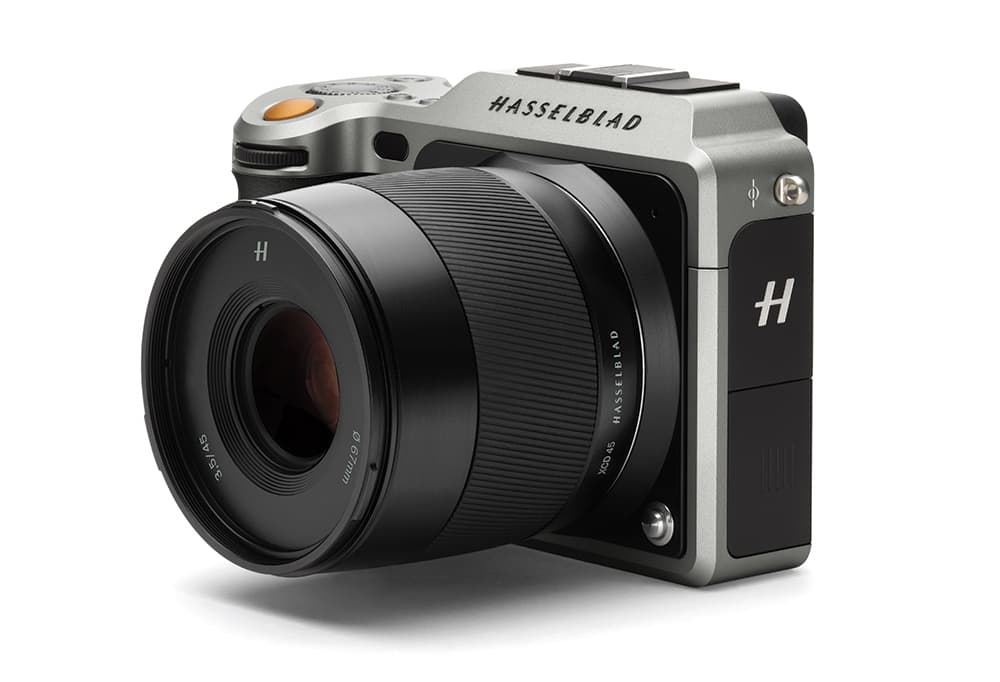
At a glance:
- 50MP CMOS sensor
- Hasselblad XCD lenses
- ISO 100-25600
- Used price approx. £2,600–2,900 / $2,800–2,900
When we’re looking at digital medium format bodies, your best second-hand bet is likely the Hasselblad X1D 50C. Using a 50MP CMOS sensor, it takes the relatively small and lightweight XCD lenses, and produces images of outstanding quality. Like the Fujifilm GFX cameras, it was designed to give photographers studio-level image quality in a portable body. It accomplishes that pretty well, with elegant design that makes it a lot more fun and pleasant to use hand-held than many medium format cameras. It is not a fast camera, in terms of either autofocus or shooting speed, so you will need to exercise a little patience, and be prepared to work with the camera’s limitations.
It has since been superseded by the X1D II 50 C, a refresh that speeds things up a bit and improves the resolution of the EVF and rear screen, but is otherwise the same. Probably the more significant addition to the series is the Hasselblad X2D 100C, which pairs a 100MP sensor with snappy phase-detection autofocus. All this is good news for us second-hand shoppers, as it keeps the price of the X1D 50C ice and low, and you can generally pick up the older camera with a multi-thousand discount compared to its original launch price. And it’s still a terrific camera!
Pentax Medium Format
System Highlights
- A pair of bodies on offer
- Nice straightforward handling
- Lovely image quality
Pentax was due to be one of the first consumer brands to produce a medium format digital camera, but it took five years from the initial announcement for the 645 D to actually go in sale. With the newer 645 Z the company has now produced two digital 645 models – both based squarely on the company’s 645 N film body so they take the same lenses and accessories. Using a CCD sensor the Pentax 645 D offers a 40MP resolution while the 645 Z has a 51MP CMOS sensor, and as both sensors measure 44x33mm all lenses become a little more telephoto than originally intended.
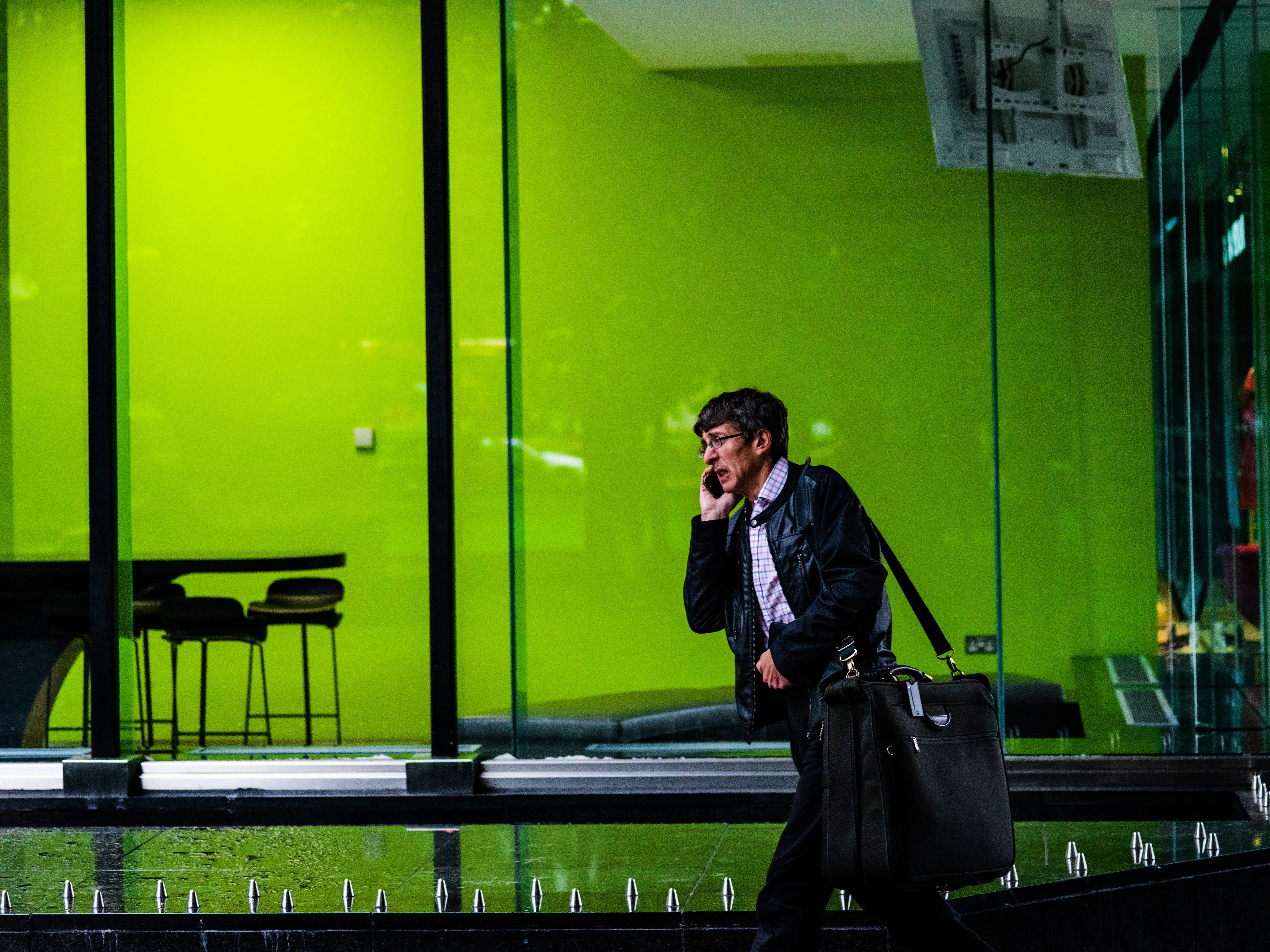
The CMOS sensor in the Pentax 645Z makes it suitable for shooting at higher ISO speeds, 120mm f4 Macro, 1/640s, f5.6, ISO3200
The CCD sensors of the day when the 645 D was built didn’t make shooting in low light especially easy and the ISO range of this model is limited to ISO 200-1000, though it can extend to 100-1600 with some degradation in image quality.
In common with the Pentax medium format film bodies, this 645 D digital camera doesn’t offer interchangeable backs, so you can’t update it with a better sensor from a third-party back manufacturer. The camera’s 40MP sensor though was ground-breaking when it eventually went on sale in 2010, and even by today’s standards the camera performs very well in good lighting conditions.
Despite being eleven years old the 645 D still goes for a decent price so expect to pay in the region of £2500 for a nice example.
Best second-hand Pentax medium format: Pentax 645Z

At a glance:
- 51MP CMOS sensor
- Pentax 645 lenses
- ISO 100-204,800
- Used price approx. £2,000 / $4,000
As nice as the 645 D is, the newer 645 Z is a much more flexible camera, and while technically still a current model, its exceptionally long shelf-life means there are plenty of examples for sale on the second-hand market.
The main advantage of the Z model over the D isn’t so much that the Z has 51MP instead of 40MP but rather that the sensor is of the CMOS variety rather than a CCD. The 645 D has that very attractive, CCD film-like look but is a poor performer in low light when the ISO is pushed upwards. That’s fine if you always shoot with plenty of light, but the CMOS sensor of the 645 Z makes it a much more useable camera for those pursuing a range of photographic interests in a variety of conditions. The newer sensor also allows Live View operation as well as the chance to shoot video – though only in FHD and 60i/30p.
What makes the Pentax 645 Z an attractive proposition still is the quality of the file it produces whether you shoot in Adobe’s DNG RAW format or Pentax’s own PEF. Even though the camera was launched in 2014 it creates a lovely-looking picture that betters many of today’s full frame models.
Fujifilm Medium Format
System Highlights
- The largest range of modern cameras
- Lovely operating system
- Great value for money
Despite being something of a latecomer to the digital medium format market Fujifilm has not only caught up with the competition, but has become something of a front-runner with its comparatively prolific launching schedule. The company kicked off its GFX medium format system with the GFX 50S in 2016 and has introduced a further four models since – far more than any other brand.
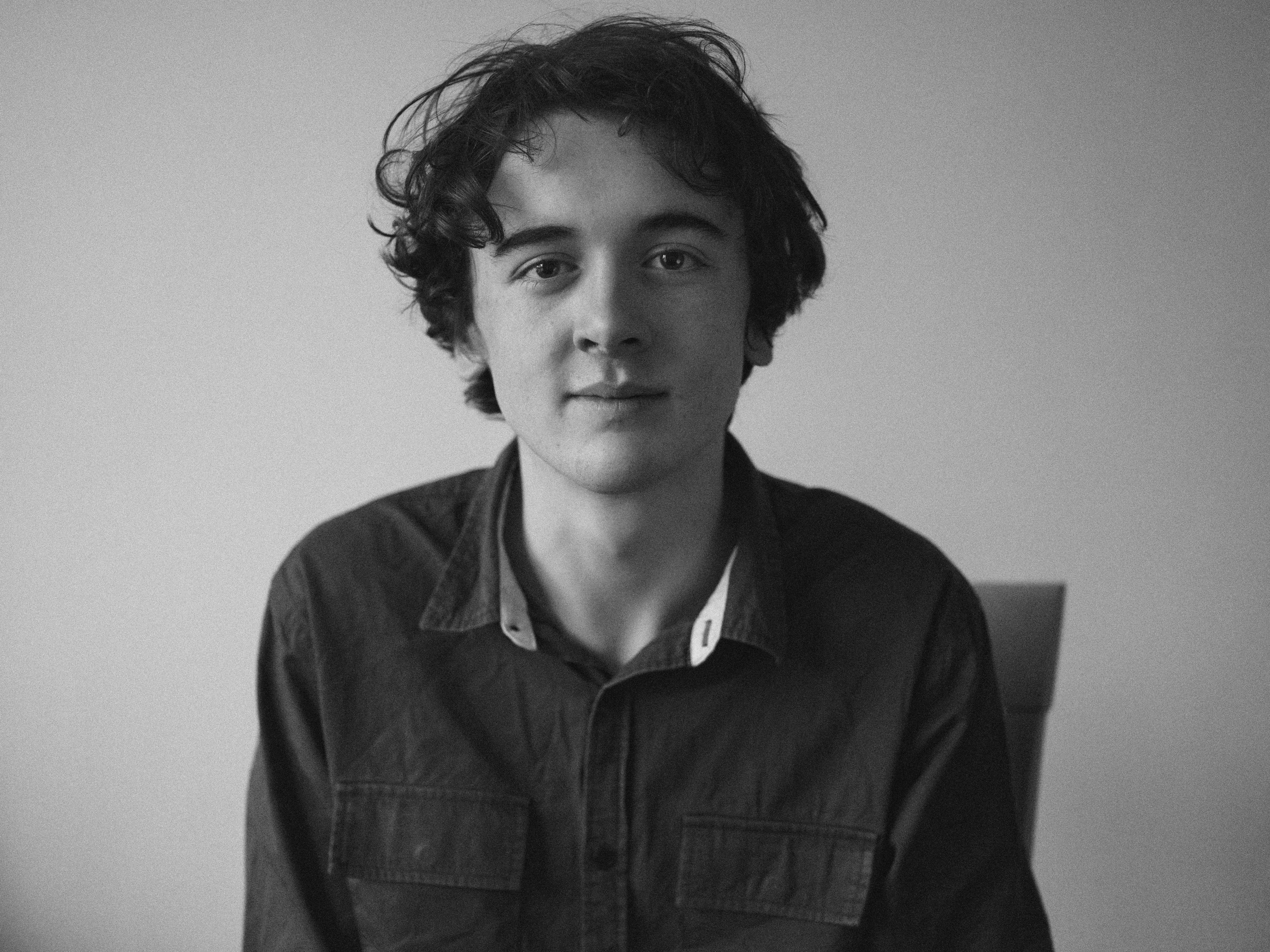
Fujifilm’s GFX range is the most modern medium format system, Fujifilm GFX50S, GF 63mm f2.8 R WR, 1/80s, f/2.8, ISO6400
Helpfully one of Fujifilm’s aims was to make digital medium format photography more accessible and declared its first camera would be available for less than £10,000, but with the latest GFX 50 S ll currently priced at £3500 body-only the secondhand price of the previous models has nowhere to go but down. This has impacted the whole medium format market in a positive way for the prospective buyer, and has made used Fujifilm bodies especially affordable.
We have two basic choices to make – 50MP or 100MP – and if we determine that 50MP is enough we have the option of a DSLR style body in the S series or a flat-topped rangefinder style body in the GFX 50R. Either way, you will get a camera that has thoroughly modern menus and none of the delays and slow operation of most other secondhand systems. You will also get outstanding image quality whether you opt for 50MP or 100MP, as well as the friendly and varied colour controls that allow a good many Fujifilm photographers to shoot JPEG-only.
Best second-hand Fujifilm medium format: Fujifilm GFX 50R

Fujifilm GFX 50R on test. Photo credit: Andy Westlake
At a glance:
- 51.4MP CMOS sensor
- Fujifilm GFX lenses
- ISO 100-12,800 (expanded 50-102,400)
- Used price approx. £1,800 / $2,900
As tempting as 100MP is from the GFX 100, my preference of the models most likely to appear on the second-hand market at the moment is the GFX 50R. I like the interchangeable viewfinders and the handling of the GFX 50S, but the more compact dimensions of the GFX 50R make it a neater solution for the street, travel, documentary and portraiture that I like to shoot. It’s also nicely suited to studio work and pretty much any other type of photography, but it doesn’t ‘look the part’ as much as the GFX-50s because of its flat top.
The original AP review of the Fujifilm GFX 50R was highly complimentary. Our technical editor Andy Westlake praised in particular how enjoyable he found the camera to use – something that sometimes gets forgotten amid medium format’s eternal pursuit of image quality. ‘Thanks to its traditional analogue control dials, [the GFX 50R] is just as intuitive and engaging as Fujifilm’s APS-C X-system models,’ he said at the time. But of course, that’s not to say that the most important factor was forgotten: ‘Its image quality is utterly addictive too, with the firm’s trademark gorgeous colour combined with phenomenal levels of detail.‘
With the kind of prices it’s currently going for, the Fujifilm GFX 50R is an outstanding choice for any second-hand medium format shopper. You’ll get more for your money than you would with the 100MP models, so unless you really do need 100MP (and you probably don’t), this is the best bang for your buck.
Read our full Fujifilm GFX 50R review.
Leica Medium Format
System Highlights
- Unique sensors
- DSLR-style handling
- Exceptional lenses
Leica’s medium format camera system didn’t really start until 2008 when it announced the Leica S2. The S1 that came out 12 years before it is really an interesting piece of history rather than a proposition for a secondhand useable camera – it uses a scanning back and needs to be tethered to a computer.
The S series has hopped along since the S2, and we’ve had the sillily named S (Typ 006) and S (Typ 007), before the current S3 was launched last year. The system is as expensive as you’d expect from Leica, but they are very nice to use and offer more of a DSLR experience than most medium format digital bodies. Their shape is more upright than deep, and their handling feels immediately familiar. The stand-out feature of the system though is a quality of image derived partly from the company’s astonishing lens system but also from its unique choice of sensors. Leica S cameras don’t use the same sensors we see in the rest of the market and this not only gives them a point of difference but also something of an edge.
Best second-hand Leica medium format: Leica S (Typ 007)
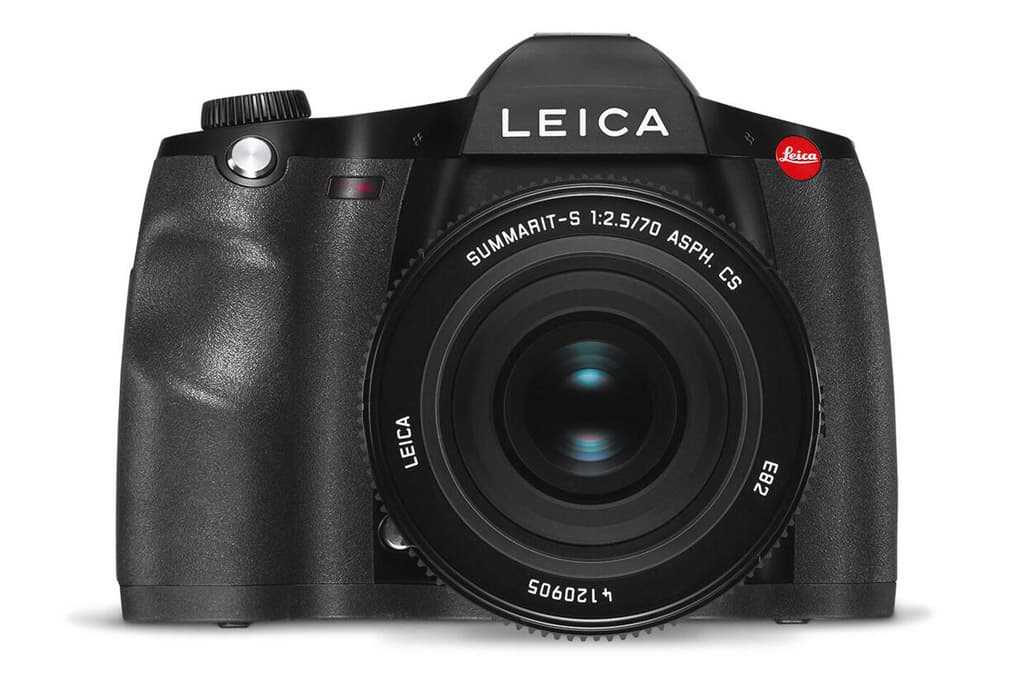
At a glance:
- 37.5MP CMOS sensor with no optical low-pass filter
- Leica S lenses
- ISO 100-12,800
- Used price approx £3,700 / $5,900
The Leica S (Typ 007) not only hearkens to the world’s most famous secret agent, but was also released at around the same time as the film Spectre in 2015. This model marked the switch from CCD to CMOS which didn’t please everyone, but the added flexibility the technology brought with it makes the S (Typ 007) a much more useable camera and in reality a much better camera than the previous S (Typ 006).
The pixel count remained at 37.5 million and the sensor features the same unusual 30x45mm measurements, but the dynamic range is claimed to reach 15 stops – which really shows in the pictures. The sensor’s ability to record colour and detail in extreme tones is pretty astonishing, and skies that appear blown-out can be pulled back with little effort or degradation. A new mirror system also makes this a much quieter and less clunky camera to use.
Inevitably the (Typ 007) is still a pricey bit of kit and they aren’t easy to come by, so expect to offer up an arm and a leg for a good one.
Phase One / Mamiya Medium Format
System highlights
- A wide range of digital backs
- Sensors up to 53.7×40.4mm
- Nice modern bodies
Danish manufacturer Phase One started life producing a series of independent digital backs to fit other brand’s cameras, but when it purchased a majority stake in Mamiya it began selling cameras as well. The company is still very much a digital-back brand, but now it has cameras of its own design and has transformed itself somewhat.
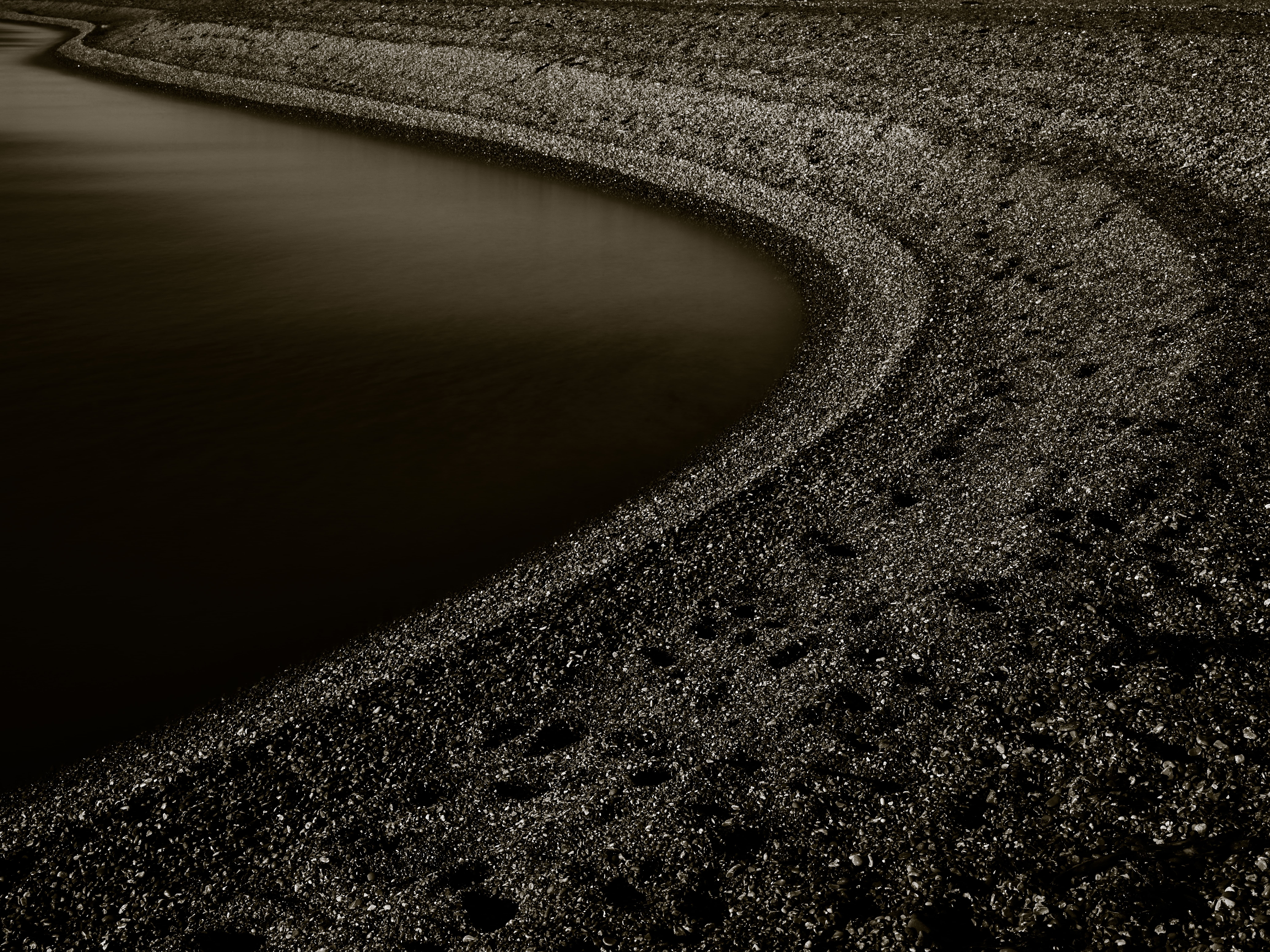
Phase One’s IQ250 was the first medium format back with CMOS sensor, Phase One 645 DF+, IQ250 back, 80mm f2.8, 20s, f20, ISO100
The P and P+ series of backs that were produced between 2004 and 2008 are still very much in circulation and can be mounted to the cameras of that time – such as Hasselblad H and Mamiya 645 AF models. There is a range of resolutions from 16MP to 60.5MP and a collection of physical sensor sizes. The IQ series is more modern, with the IQ3 the newer of the systems no longer sold new. A major attraction of some of these backs is that they offer sensors of up to 53.7×40.4mm – which is close enough to the same imaging area of a frame of 645 film.
The first bodies were the Phase One 645AF, 645DF and 645DF+ which were Mamiya 645 film bodies in disguise and which all showed their age even when they were current. They are all certainly useable but unsurprisingly have the air of being film cameras with digital backs attached. They all use the standard Mamiya 645 lens system, so there is no shortage of new and old lenses, and Phase One has introduced quite a number of significantly upgraded optics – designated with a blue ring.
Best second-hand Phase One medium format: Phase One XF
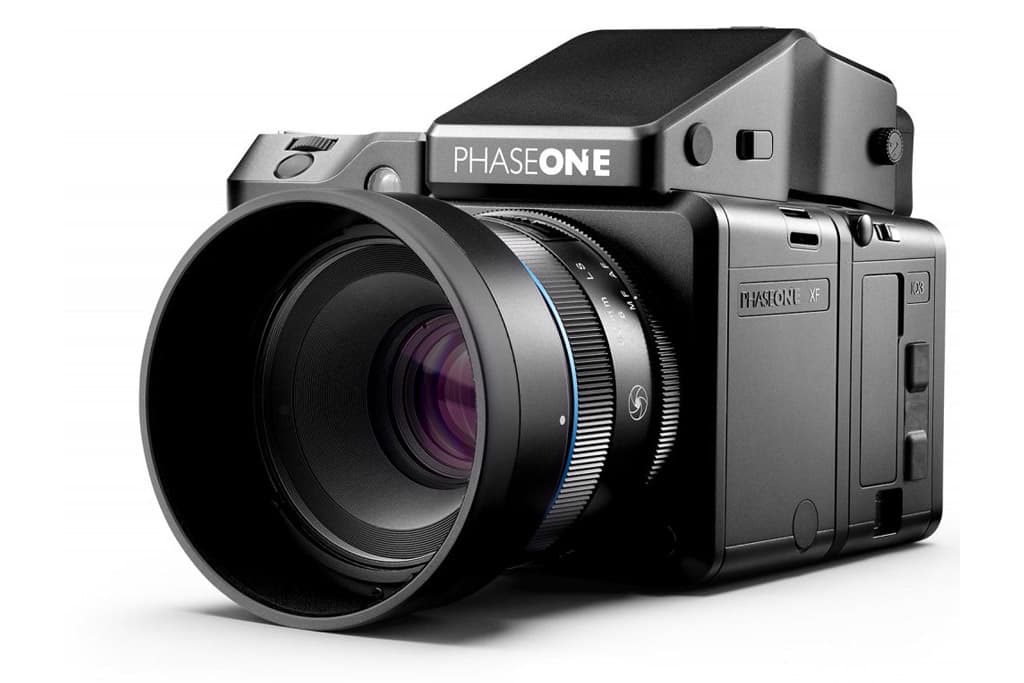
At a glance:
- Requires digital back
- Phase One XF lenses
- Used price approx. £2,500
While the Mamiya 645-based cameras work they lack a sense of integration with their digital backs. This issue was fixed in dramatic style when Phase One introduced its own camera in 2015 – the Phase One XF. Still very much based on the Mamiya framework this new body offers far more control of the back from the front as well as a modern menu and modern features to go with it. It was designed to be updateable, and true to their word the company has released a series of firmware versions over the years to bring new functions and new compatibility to the camera.
It is still officially a current model, alongside the XT landscape camera, but as it has been on the go for over six years you can, if you look hard enough, find a used one for sale. Remember though that while a body for £2500 might seem decent enough you’ll need to add the back of your choice to your basket as well, and you can pay up to £15,000 for a used IQ3 back if you want the 100MP model.
Text by Damien Demolder, with contributions from Joshua Waller and Jon Stapley.
For more options, from full-frame, to DSLRs, have a look at our latest buying guides.



